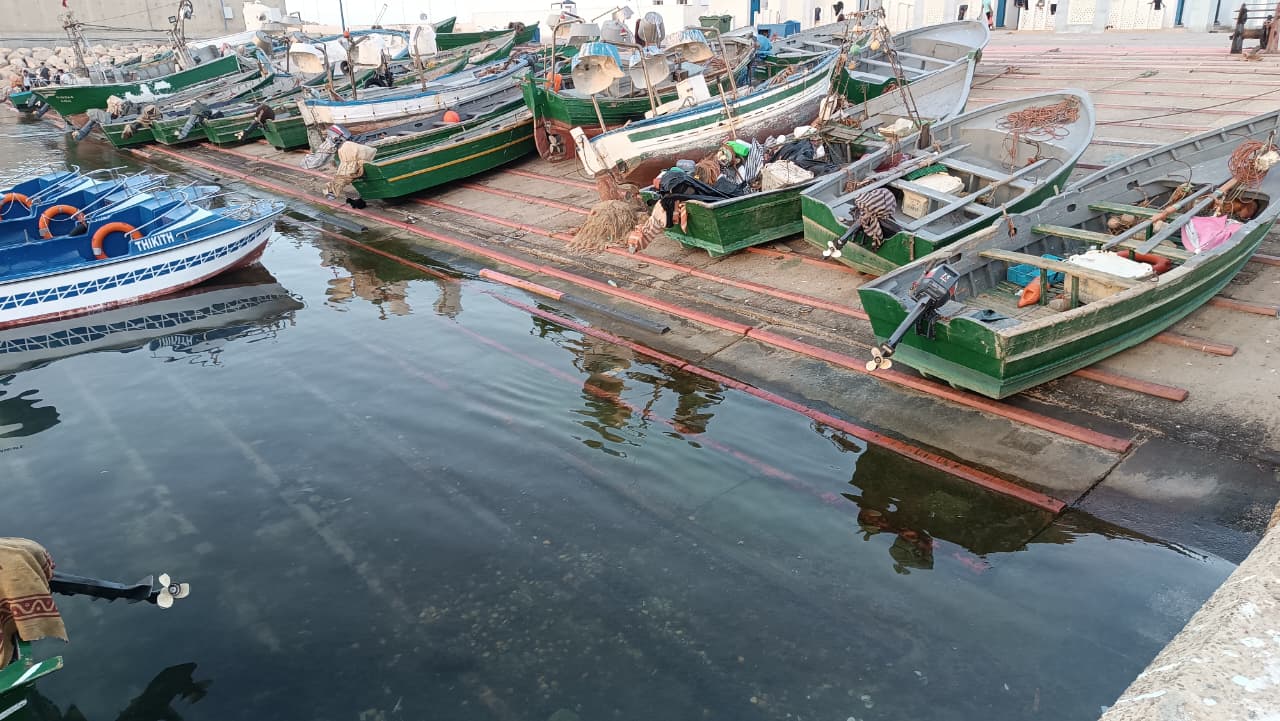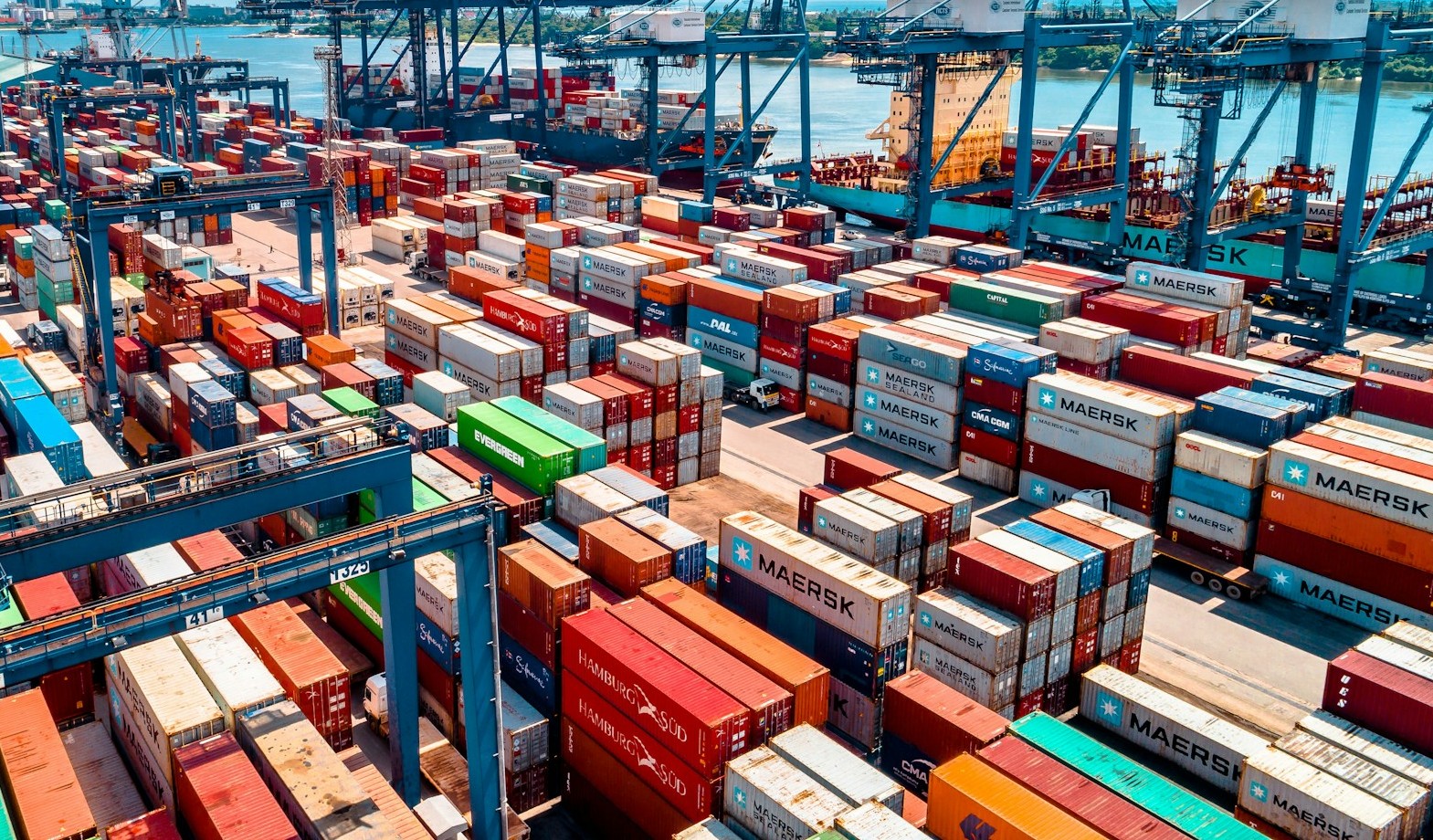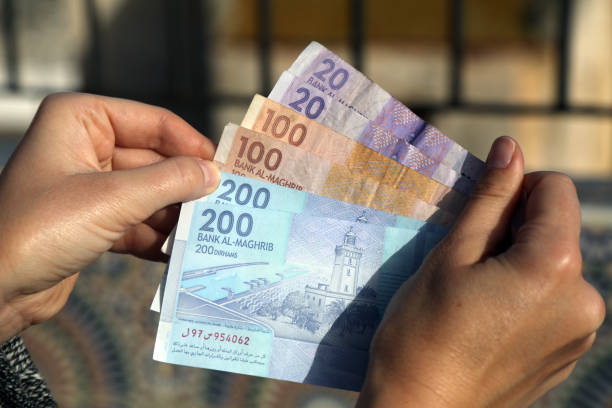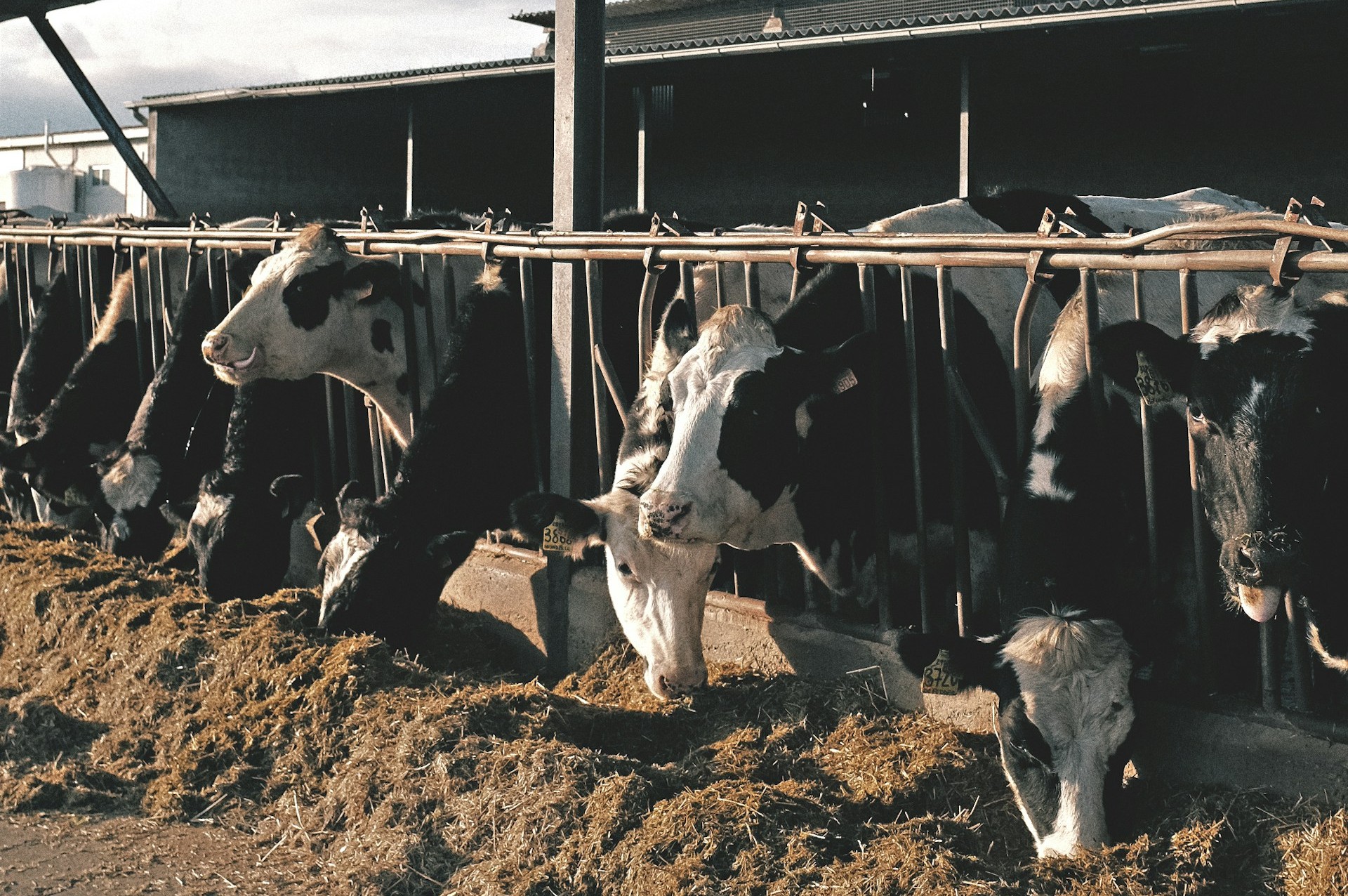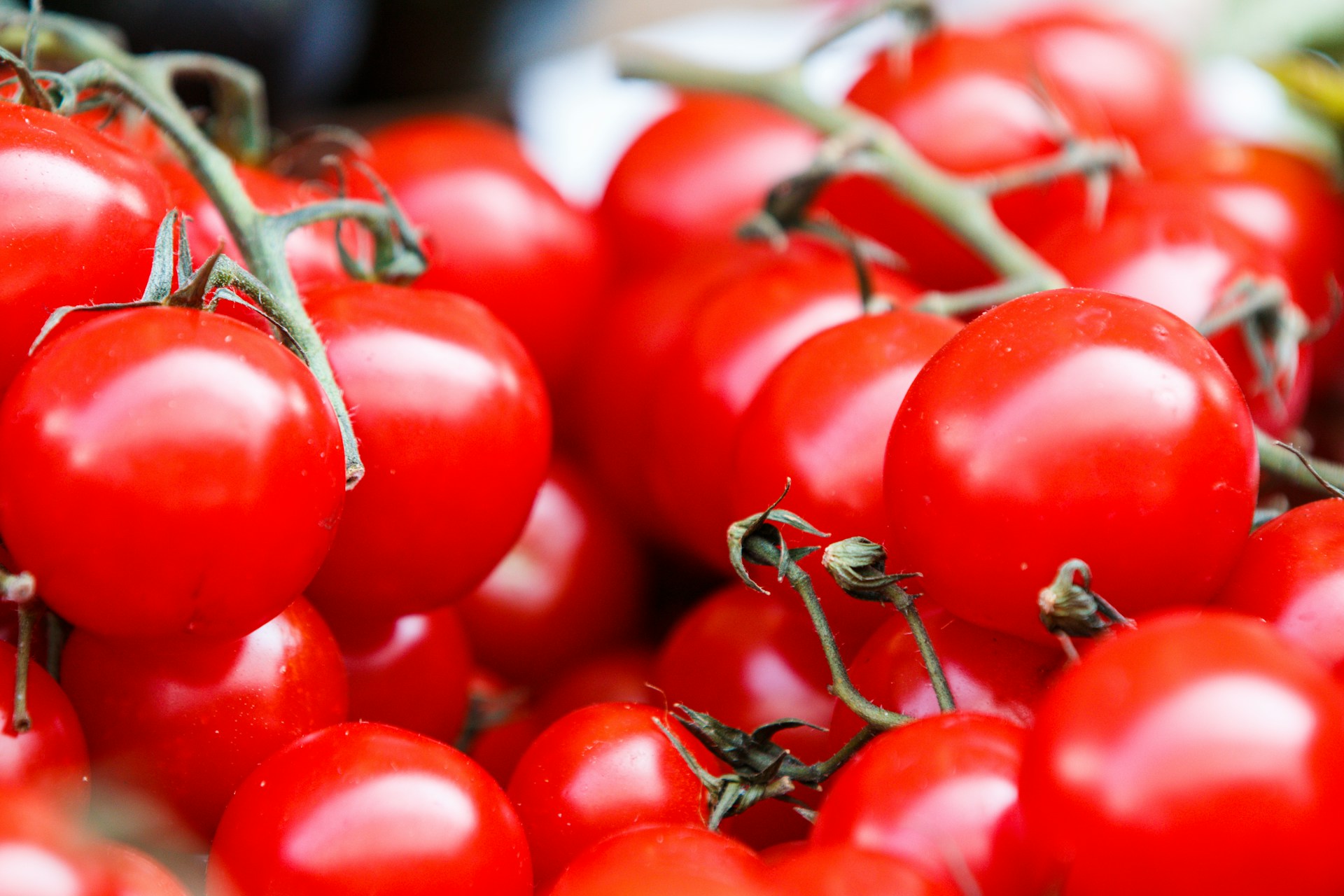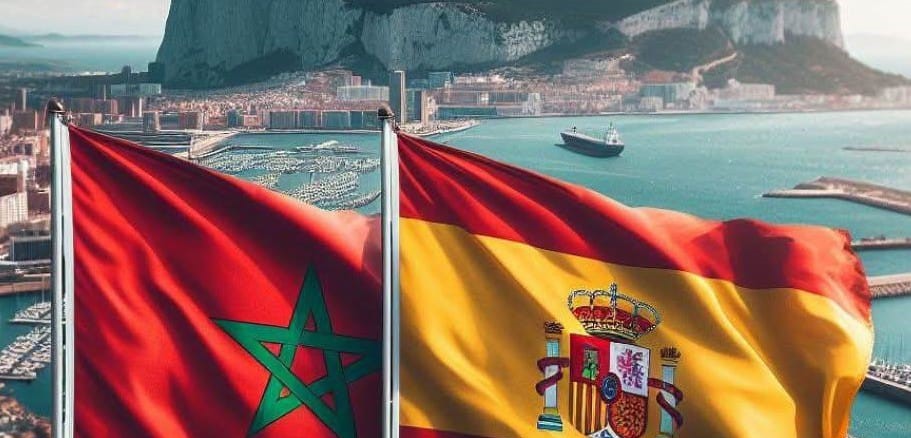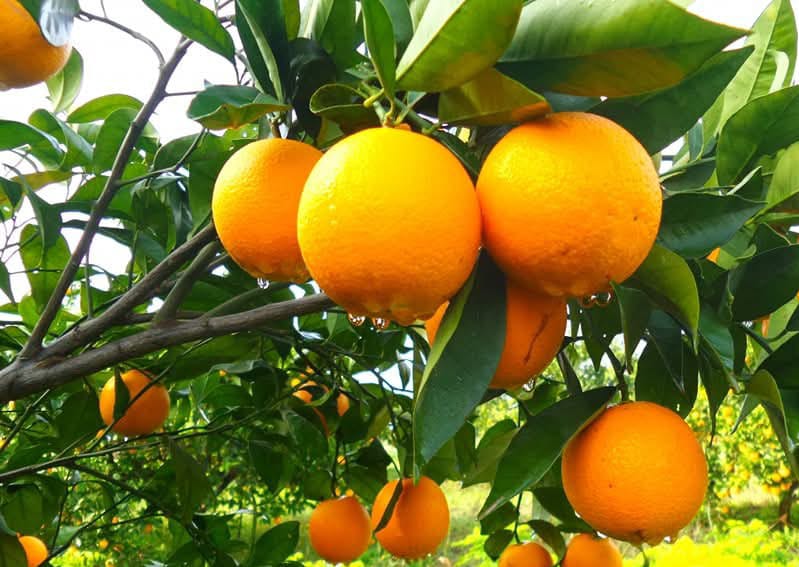Casablanca – Morocco’s fisheries sector, a cornerstone of the national economy, continues to demonstrate regional resilience despite broader challenges affecting total national output. The sector, encompassing coastal and artisanal fishing, contributes significantly to food security, export revenues, and employment along Morocco’s extensive Atlantic and Mediterranean coastlines.
Strong performance in northern Mediterranean ports
According to recent statistics from the National Fisheries Office (ONP), the northern Mediterranean ports have recorded notable growth in landings during the first ten months of 2025. By the end of October 2025, total landings in ports stretching from Tangier to Saidia reached 13,516 tons, marking a 6% increase compared to the same period in 2024. The commercial value of these landings rose by 3%, amounting to approximately $62 million.
This increase reflects a positive dynamic in the Mediterranean fishing zones, where ecological conditions and sustained market demand have contributed to stable catches. The data shows varied trends across different types of seafood:
- Pelagic fish, including sardines and anchovies, saw a slight 1% decline, totaling 4,786 tons, valued at approximately $12.4 million.
- White fish experienced a significant 17% growth, reaching 2,404 tons, with revenues of around $9.2 million.
- Cephalopods, including squid and octopus, decreased by 5% to 4,425 tons, valued at about $31.4 million.
- Crustaceans, such as shrimp and crab, fell by 8% in volume to 1,061 tons, though their market value rose by 3%, totaling roughly $8.4 million.
These figures indicate a contrasting yet overall positive performance in the Mediterranean fisheries, with growth in high-value species offsetting declines in others. Sector analysts attribute this pattern to seasonal variations, environmental conditions, and shifts in market demand, highlighting the importance of sustainable fishing practices.
National trends and broader challenges
At the national level, the Moroccan fisheries sector has faced slower growth. Total coastal and artisanal fishery landings marketed across Morocco reached 948,177 tons by the end of October 2025, representing a 14% decline compared with the same period in 2024. The overall commercial value of these landings also fell by 3%, totaling around $921 million, down from approximately $952 million during the same period of 2024.
The divergence between the Mediterranean and national figures underscores the regional disparities in stock levels, ecological conditions, and fishing practices. While the Mediterranean ports benefited from favorable conditions and strong demand for white fish, other areas—particularly along the Atlantic coast—faced declining stocks, environmental pressures, and variable market prices.
Economic and social importance
Morocco’s fisheries sector remains a vital driver of economic growth and employment, particularly in coastal communities. It supports tens of thousands of jobs in fishing, processing, and logistics, while also contributing to the country’s export earnings, particularly for high-value species like cephalopods and crustaceans.
The sector’s resilience, however, depends on effective resource management and adaptation to climatic changes. Artisanal fishers, who are particularly vulnerable to fluctuations in stock availability and market prices, rely on stable regulations, market support, and sustainable fishing practices to maintain livelihoods.
Policy and sustainability measures
The ONP and local authorities have emphasized the importance of promoting sustainable fishing practices, diversifying targeted species, and investing in port infrastructure. These measures are designed to maintain both economic returns and ecological balance, ensuring that Morocco’s fisheries continue to support coastal communities while safeguarding marine ecosystems.
Additionally, improved monitoring and data collection are helping policymakers track species availability, seasonal trends, and market dynamics, allowing for more informed decisions on quotas, fishing periods, and resource conservation.
Outlook
Despite the challenges at the national level, the Mediterranean region’s growth offers a positive outlook for Morocco’s fisheries sector. Maintaining this momentum requires coordinated efforts between fishers, industry stakeholders, and government agencies to address stock management, climate adaptation, and market stability.
If managed effectively, Morocco’s fisheries sector can continue to strengthen its contribution to the national economy, provide stable incomes for artisanal fishers, and ensure the long-term sustainability of marine resources, balancing economic and environmental priorities.

